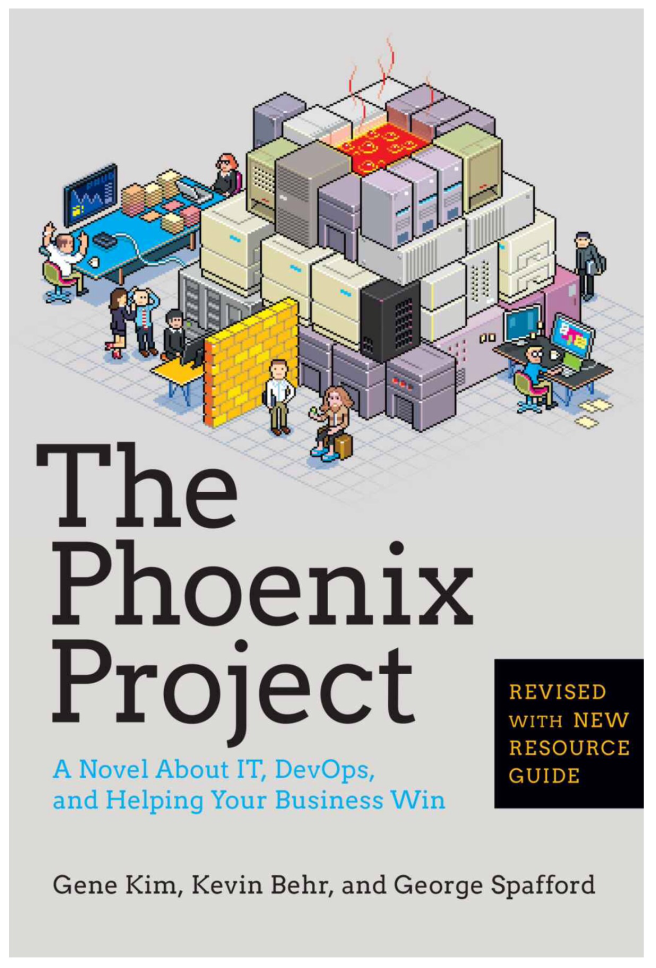I’ve probably mentioned before that I try to read or listen to The Phoenix Project each year. Each time I pick up different things and, although rather dated now, I believe it’s still one of the most important books in our industry.
This year I’ve decided to take things a little further and run over five key revision books and listen to them back to back. My greatest hits if you like of what I feel are the cornerstones for current software development without digging into the actual code. In no particular order my books are:
The Phoenix Project
As I mentioned above TPP is one of the most important books of recent years for our industry, it’s a great introduction into devops and the idea of system thinking and should be required reading for anyone in a software development role. Lets skip over the bit where they consipire to conceal a huge customer data breach from the auditors.
The Unicorn Project
The Unicorn Project came out much more recently and tells The Phoenix Project from the perspective of Maxine, the developer who caused the payroll failure which kicked off the story. The Unicorn Project talks about the value of paying down technical debt, decoupling systems, and architecting for sustainability. It evangelises functional programming a little too much for my liking and Eric calls everyone “sensei” but it’s a very valuable and enjoyable read.
Accelerate
Ok, The Phoenix Project and The Unicorn Project are fun stories about DevOps. This is data and proof. Nicole Forsgren is a PhD, research is her day job and she was the driving force proof between The State of DevOps reports for years. In this book they delve into industry best practices and categorically prove that they lead to not only better development team satisfaction and performance but better business performance.
Rolling Rocks Downhill
You’re going to be surpised by this one but I REALLY like Rolling Rocks Downhill by Clarke Ching. It talks about many of the similar ideas of the previous three books on my list but goes into much more detail around the financial benefits and priortising options of working in an agile manner. It’s also actually really funny, I find myself chucking all the way through – something which is very rare in a technical book!
Drive
I wanted to go for something different for book number five. There were some VERY strong contenders including Team Topologies, Radical Candor, and The Lean Startup. I also can’t really list my own books… so I finally settled on Drive.
If you’ve not read any of Dan Pink’s books before they’re worth a look. He typically looks at a particular psychology idea (in this case motivation) and discusses it in nice accessible language. He’s very good at translating scientific research into business and layman’s terms.
In Drive he discusses many of the key elements which are required to keep employees motivated and happy and, shockingly many of those same aspects line up with the research conducted by Nicole Forsgren and advocated by Erik in Gene Kim’s books.
What do you think to my five revision books? What have I missed which I really must read next? I’d love to hear in the comments below or on Twitter.














